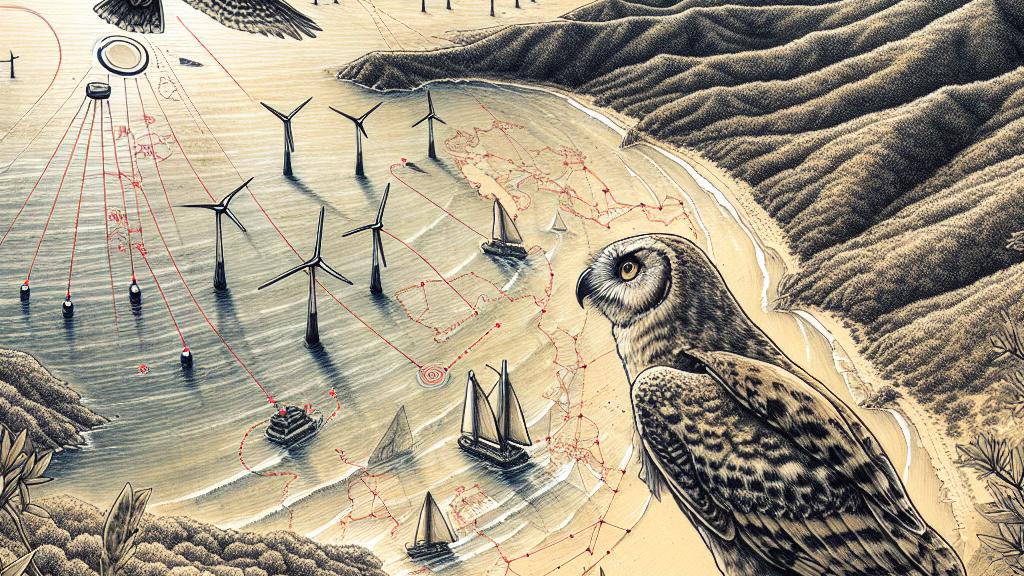Bird Study Highlights Flight Paths Through New Wind Farms
Overview
- Revolutionary research uncovers critical bird migration routes across proposed wind farm sites in Bass Strait.
- Tasmanian Boobook owls, known for their non-stop overwater journeys, prompt urgent environmental concerns.
- Essential collaboration needed between ecologists and developers to harmonize renewable energy and wildlife conservation.

Revealing the Migration Phenomenon
In the enchanting vistas of Australia, Monash University researchers have embarked on a pioneering study that sheds light on the intricate migration patterns of birds, particularly focusing on the fascinating Tasmanian Boobook owl. Equipped with cutting-edge satellite tracking technology, these scientists meticulously recorded the owls as they courageously navigated the expansive Bass Strait. Imagine this: these remarkable birds ventured directly through areas slated for two new offshore wind farms, exposing not only the crucial role of the Bass Strait as a vital flyway but also raising red flags about the risks associated with renewable energy development in migratory routes.
The Vital Role of the Bass Strait Flyway
The Bass Strait is much more than just a body of water; it is a lifeline for countless migratory species in Australia. Every year, millions of birds, including raptors, songbirds, and shorebirds, traverse this important corridor, seeking refuge from the harsh winter and returning home when spring dawns. This fascinating migration journey is a testament to the birds’ resilience and adaptability as they encounter various environmental challenges, including storms and changing temperatures. However, the planned construction of wind farms in this critical flyway has raised alarms among conservationists. They emphasize that understanding these migration patterns is essential, urging that development must be informed by ecological research to ensure the safety of these precious avian travelers.
Navigating the Green-Green Dilemma
The findings of this research bring to light a significant challenge known as the 'green-green dilemma,' which describes the tension between advancing renewable energy projects and protecting local wildlife. This term captures the irony of striving for a sustainable future while potentially compromising the very ecosystems these efforts aim to preserve. Professor Rohan Clarke passionately articulates the pressing need for developers and conservationists to work collaboratively, creating policies that safely integrate ecological insights into renewable energy initiatives. It’s imperative that we protect our wildlife, as the survival of these species is intricately tied to the health of our ecosystems. Cooperation between researchers and developers can lead to solutions that not only advance our energy goals but also safeguard our natural heritage for future generations.

Loading...